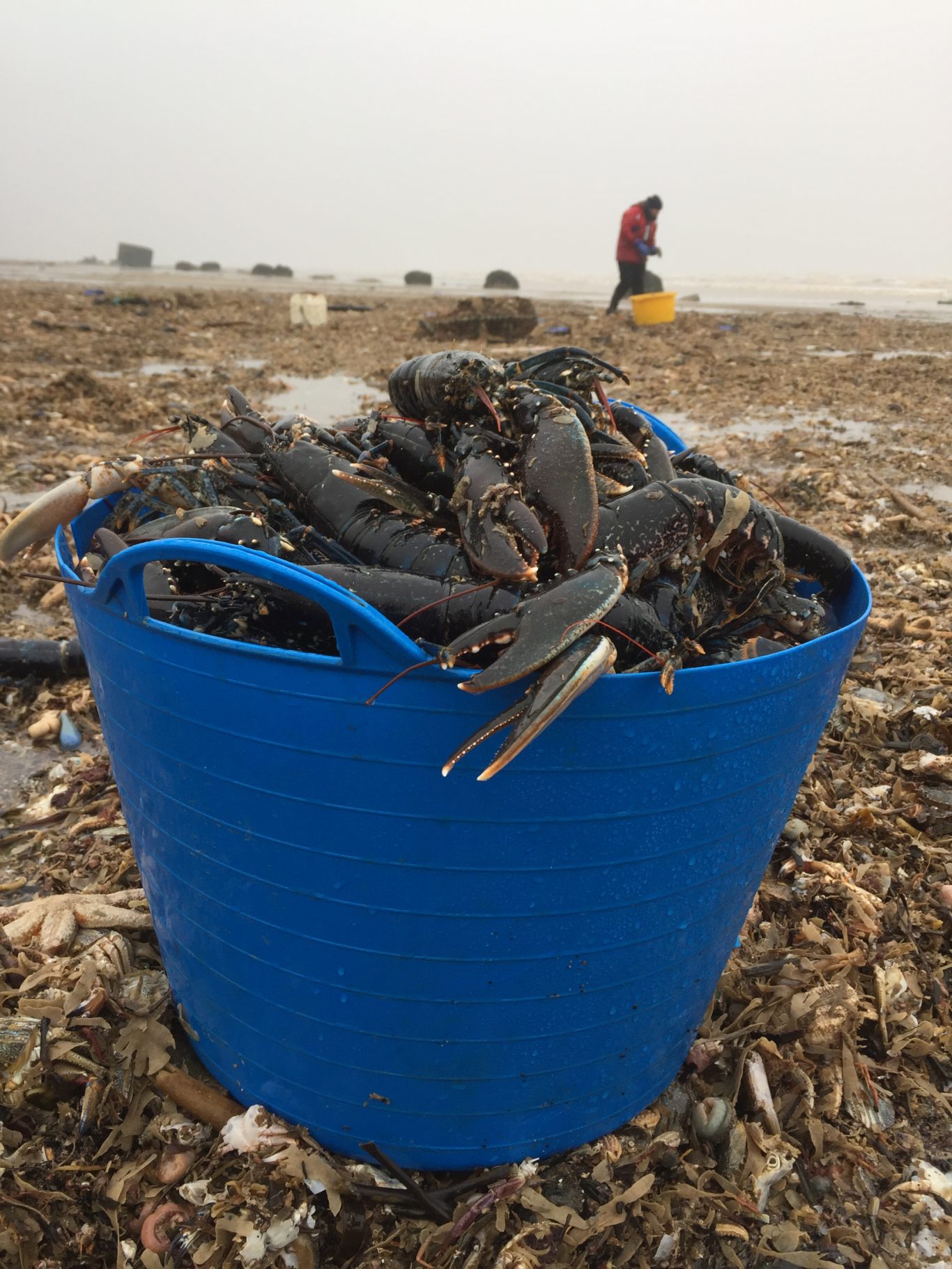

A network of longstanding dams in western states already makes the journey perilous. Salmon make an extraordinary migration, often hundreds of miles, from the inland rivers and lakes where they are born, out to sea, and then back again to spawn the next generation. That means biologists are watching river temperatures with alarm.

Now, another heat wave appears to be building, only worsening the ongoing drought. While the heat wave over the Pacific Northwest has eased, punishing temperatures have persisted across much of the American West. But if these extreme heat waves become too frequent, species won’t have time to recover. Species that live in intertidal zones are resilient, he noted, and the mussels on the shady north side of boulders seem to have survived. “It’s at least something that we’re starting to think about,” he said.

Factoring in the smaller creatures that live in the mussel beds - barnacles, hermit crabs and other crustaceans, various worms, tiny sea cucumbers - puts the deaths at easily over a billion, he said. Harley estimated losses for the mussels alone in the hundreds of millions. But the obvious mass victims were blue mussels, an ecologically important species that feeds sea stars and sea ducks and creates habitat for other animals. The dead sea stars, usually the most eye-catching creatures in tidal pools, hit him particularly hard. “The more I walked and the more I saw, the more sobering it all became,” Dr. The scientist in him was excited, he admitted, to see the real-life effect of something he’d been studying for so long. When he walked to the beach last week on one of the hottest days, the smell of decay hit him immediately. Harley took in the eye-popping weather forecasts, he thought about how low the tide would be at midday, baking the exposed mussels, sea stars and barnacles. A study by an international team of climate researchers found it would have been virtually impossible for such extremes to occur without global warming. Hundreds of people died last week when the heat wave parked over the Pacific Northwest. Such extreme conditions will become more frequent and intense, scientists say, as climate change, driven by humans burning fossil fuels, wreaks havoc on animals and humans alike. “It just feels like one of those postapocalyptic movies,” said Christopher Harley, a marine biologist at the University of British Columbia who studies the effects of climate change on coastal marine ecosystems and who calculated the death toll. The combination of extraordinary heat and drought that hit the Western United States and Canada over the past two weeks has killed hundreds of millions of marine animals and continues to threaten untold species in freshwater, according to a preliminary estimate and interviews with scientists.

Sockeye salmon swam sluggishly in an overheated Idaho river, prompting wildlife officials to truck them to cooler areas. Dead mussels and clams coated rocks in the Pacific Northwest, their shells gaping open as if they’d been boiled.


 0 kommentar(er)
0 kommentar(er)
